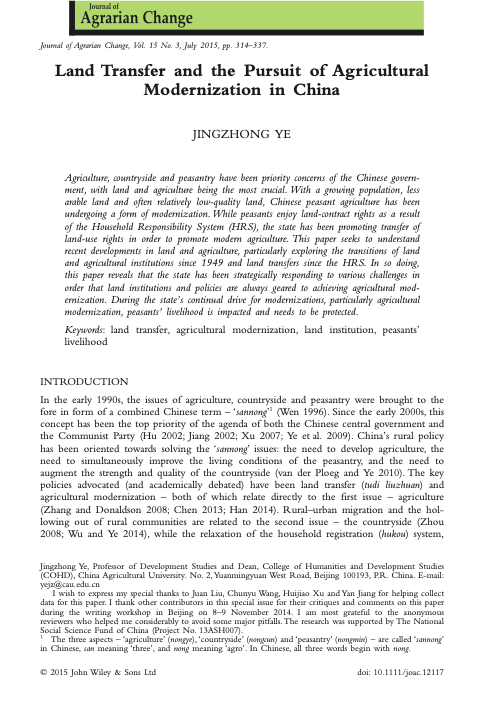Regulation on standards for determining the particularly valuable arable agricultural land (P1) and valuable arable agricultural land(P2).
This Regulation prescribes the criteria and necessary standards for the correct valuation (Capability Evaluation) of agricultural land, to be classified in the category of particularly valuable (P1) or valuable arable agricultural land (P2).The basic requirements for a correct evaluation are relative to the values of the soil, climate conditions, terrain, and other natural conditions for agricultural production volume.The Annex is an integral part of this Regulation. Implements: Law on Agricultural Land.










